Winchcombe is a small market town in the Gloucestershire Cotswolds, in the Tewkesbury district, near to Cheltenham. It has a population of around 4500 residents.
The modern town is small and unspoilt and the beauty and the history of the area acts as a magnet to draw tourists from all over the world, to amble along the narrow streets.
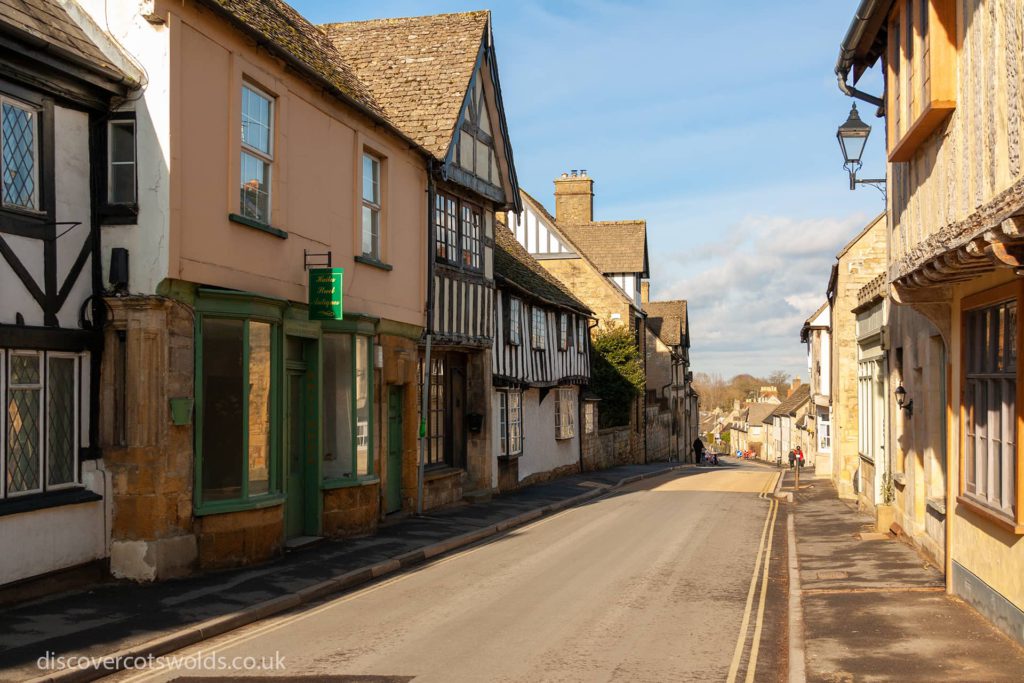
Winchombe features a mixture of Tudor style, half-timbered houses as well as the stereotypical Cotswold stone built cottages that tend to be associated with this area of outstanding natural beauty.
Take a wander through the town centre and along the side streets of the town of Winchcombe and you’ll find plenty of independent shops, tea rooms and coffee shops to keep you occupied.
History of Winchcombe
Winchcombe is over 1000 years old and was the capital of the old Anglo Saxon Kingdom of Mercia. As such it is one of the oldest towns in the Cotswolds.
As with much of the Cotswold region, the town prospered in large part thanks to the wool trade, that made the fortunes of many local merchants.
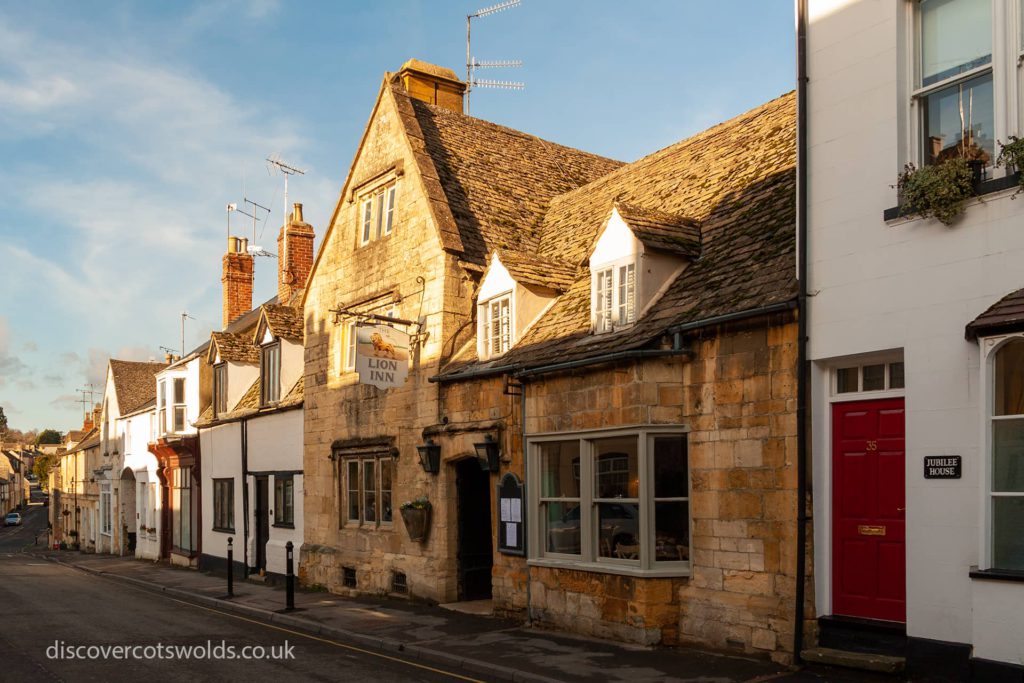
Wherever you go in the town, history is prominent. The town is famous for Sudeley Castle, home to Katherine Parr, the last wife of Henry VIII and the nearby ruins of Hailes Abbey.
Hailes Abbey
Hailes Abbey, a Cistercian Abbey founded in 1246 by Richard of Cornwall. Richard’s son Edmund brought a vial of the Holy Blood, reputed to be from Christ as a gift to Hailes in 1270.
He and many other people certainly believed in its authenticity at the time, and like many other relics it was genuinely venerated for some years. Little remains of the Abbey which is administered by English Heritage and the National Trust.
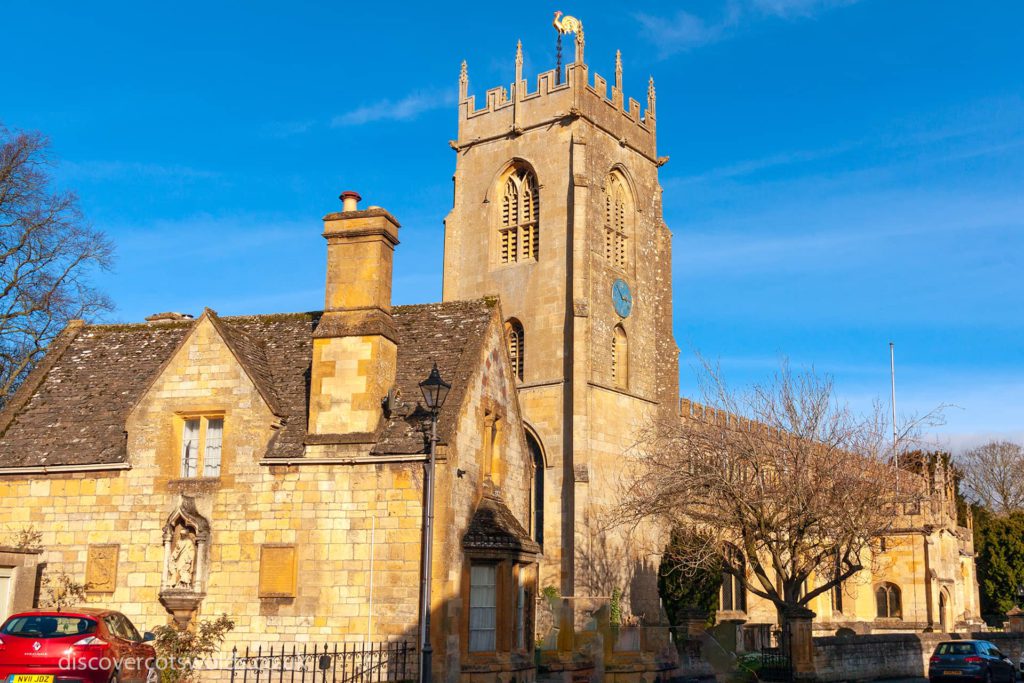
The parish church is dedicated to St Peter. Within the walls are two stone coffins said to be from an earlier period and from Winchcombe Abbey. It is reputed that one of the coffins contains the remains of St Kenelm, but both are empty.
The church also features an altar cloth made by Catherine of Aragon, another of Henry VIII’s wives.
It is believed that Kenelm, the King of the Mercians, was murdered in the Forests of Worcestershire and his body taken to the Mercian Abbey at Winchcombe where he was buried with honour.
Around town
The narrow streets of the town are lined by an assortment of buildings that twist and bulge into the street and many hide the true age of the building.

The Town Hall is home to the small but interesting museum and relates the day to day stories of Winchcombe folk and an unusual collection of police memorabilia from around the world.
Along the main street is the small Winchcombe Railway Museum and visitors can see real steam engines at the nearby GWR Railway station at Toddington, a short car ride from Winchcombe.
Belas Knap
The Neolithic burial chambers of Belas Knap can be seen on the surrounding hillside near Honeybee Woods and a roman villa can be found at Spoonley Woods on the Sudeley Estate.
The stone age burial site, located on nearby Cleeve Hill, is a fine example of a neolithic long barrow, dating back to around 3800 BC.
Walkers are spoilt for choice with several long distance routes passing through the town including the 100 mile long Cotswold Way.

Walkers welcomed
Indeed, walkers are spoilt for choice here. Winchcombe has ‘walkers are welcome’ status and holds an annual walking festival every year at the end of May to celebrate the fact.
A number of walking routes pass close by to the town, including the Cotswold Way, Gloucestershire Way and Wychavon Way. Both the Wardens Way and Windrush Way circular routes start and end in Winchcombe. Or just take a relaxing stroll along the banks of the nearby river Isbourne.
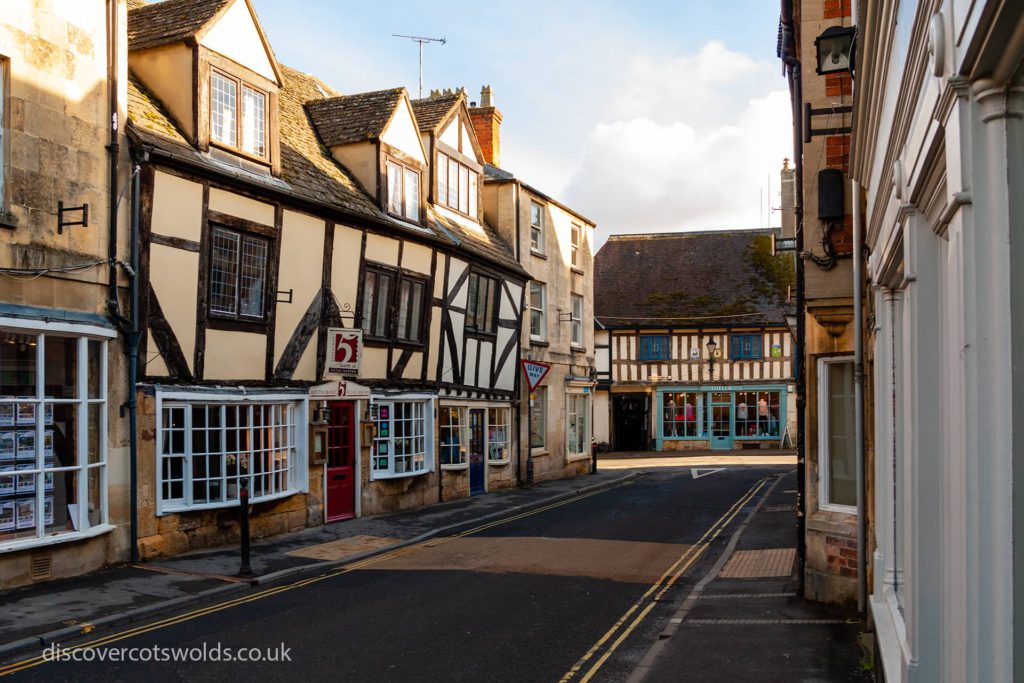
With all this is easy to see why Winchcombe is known as the walking capital of the Cotswolds. You can find out more about the walking festival and other related information on the dedicated Winchcombe Walkers website.
Other attractions
If stately homes and grand castles are more your thing then you’re not far from either of these things in Winchcombe either. Just on the edge of town is the grand and still occupied, Sudeley Castle.
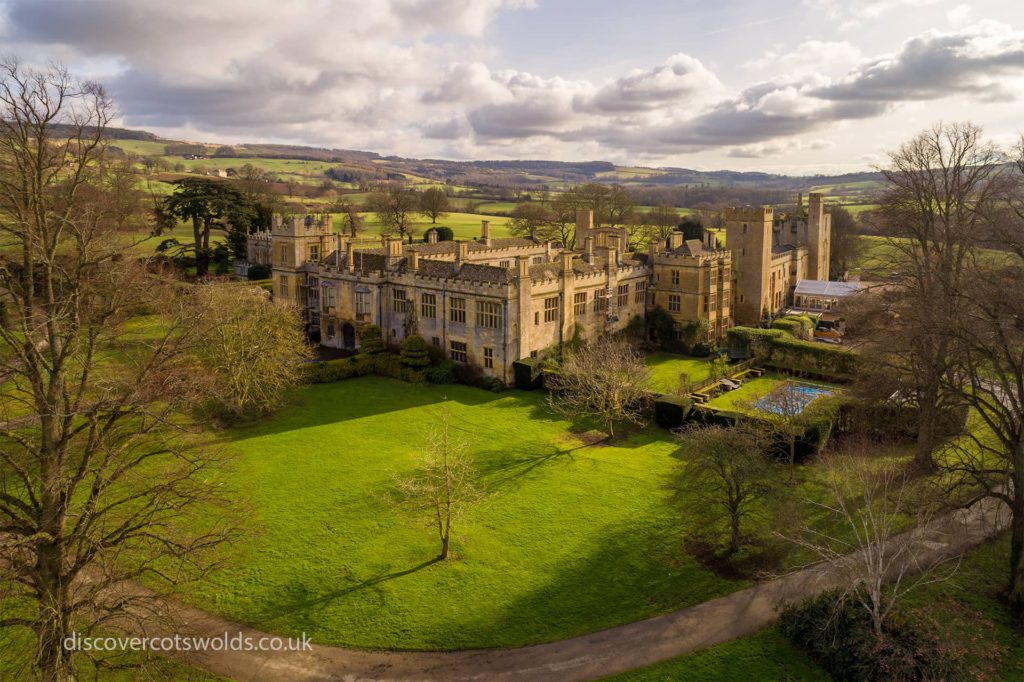
There has been a castle on the site for over 1000 years. The current castle (perhaps more akin to a manor house than the stereotypical image of a fortified castle) was built in Tudor times, on the site of a 12th C fortified manor house.
Sudeley Castle gardens cover around 15 acres of the estates 1200 total acres and include the church of St Mary, where previous owner (and former queen) Lady Katherine Parr is buried.
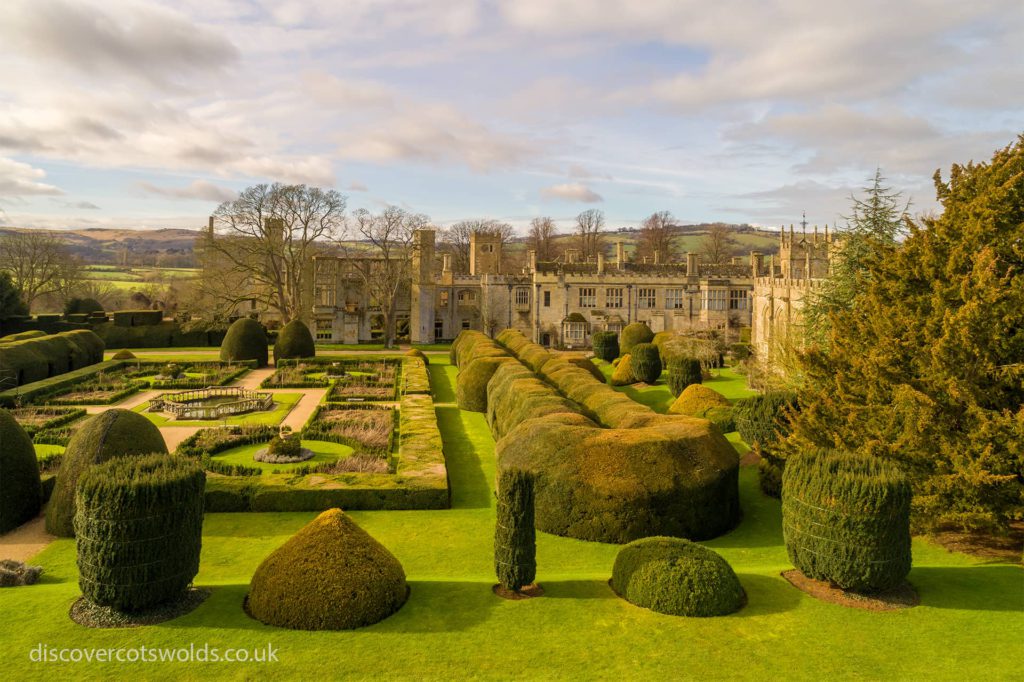
Getting here
Winchcombe is about halfway between the village of Broadway and the Gloucestershire town of Cheltenham and is easily accessible by car.
The nearest train station is Ashchurch on the outskirts of Tewkesbury, although Cheltenham Spa station offers a wider variety of routes.
For more information on getting here or other places in the Cotwolds, visit our dedicated page.